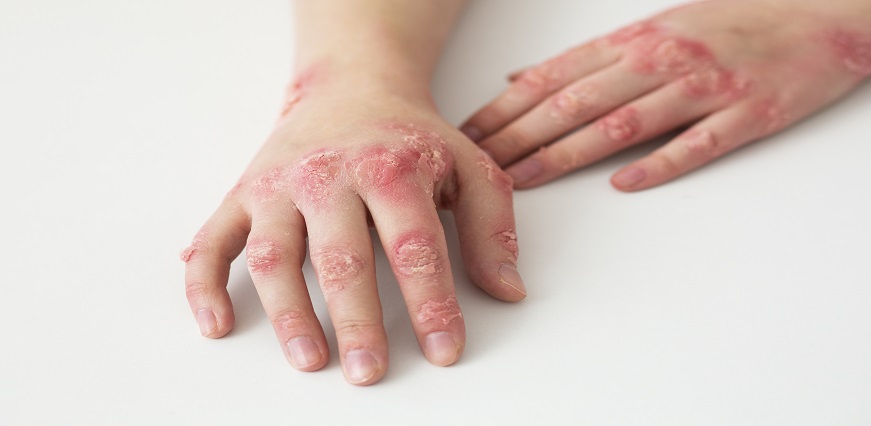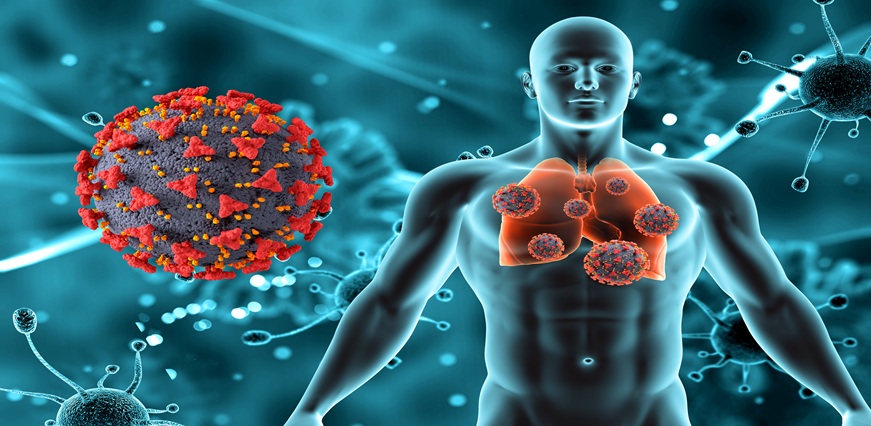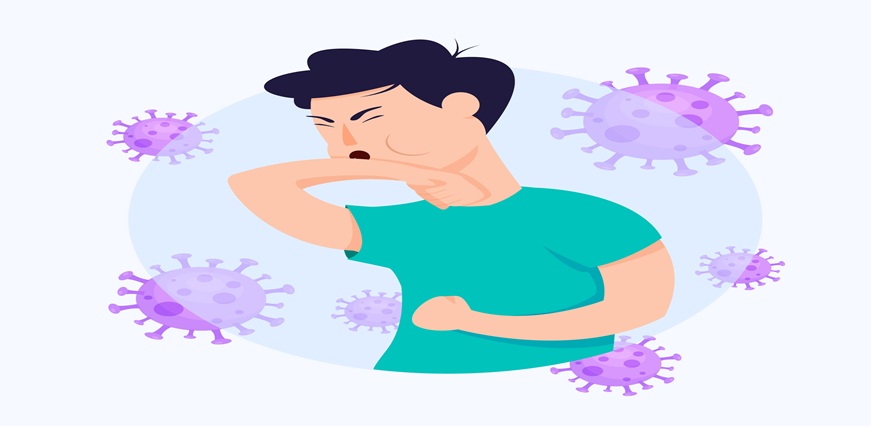





No lab centers are available in this city

Have you ever experienced your fingers or toes turning white or blue when exposed to cold temperatures? If so, you may be suffering from Raynaud's disease. This condition affects the blood flow in your extremities and can cause discomfort and pain. In this blog post, we'll dive into everything you need to know about Raynaud's disease - from its symptoms and causes to diagnosing and treating it effectively. So let's get started!
Raynaud's disease, also known as Raynaud's phenomenon or syndrome, is a condition that affects the blood vessels in your extremities. It causes a temporary decrease in blood flow to your fingers and toes, resulting in numbness and color changes.
During Raynaud's disease, affected areas may turn white or blue due to lack of oxygenated blood flow. This can be followed by redness and tingling sensations when the blood flow returns.
Symptoms of Raynaud's disease are usually triggered by exposure to cold temperatures or emotional stress. During the disease, the fingers and toes become numb, cold, and sometimes even blue or white in color. The affected area may also feel prickly or painful when warmed up.
Raynaud's can affect other parts of the body besides hands and feet such as nose, lips, ears, and nipples. These symptoms typically last for a few minutes to several hours until the blood flow returns to normal.
It is important to note that not everyone with Raynaud's experiences all of these symptoms at once, and some people may only have mild symptoms that go unnoticed. If you experience any unusual changes in your skin color or sensation during periods of cold weather it could be a sign that you should see a doctor for further evaluation.
The exact causes of Raynaud's disease are not yet fully understood. However, it is believed that it is caused by the narrowing of blood vessels in response to certain triggers, which restricts blood flow to the affected areas.
There are two types of Raynaud's disease: primary and secondary. Primary Raynaud's disease is thought to be caused by a combination of genetic and environmental factors, while secondary Raynaud's disease is usually associated with an underlying medical condition such as autoimmune diseases like lupus or scleroderma.
In addition to genetics and underlying medical conditions, other potential triggers for both types of Raynaud's disease include exposure to cold temperatures, emotional stress or anxiety, smoking, caffeine intake and certain medications.
There are several risk factors associated with Raynaud's disease. One of the biggest risk factors is gender, as it affects women more commonly than men. It typically begins between the ages of 15 and 30 and is often seen in people who live in colder climates.
Another significant factor is family history, as there seems to be a genetic component to the disease. If a close relative has Raynaud's disease, you may be at increased risk for developing it yourself.
Other medical conditions can also increase your chances of developing Raynaud's disease. Autoimmune disorders such as lupus or rheumatoid arthritis have been linked to the condition, as well as diseases that affect blood vessels like scleroderma.
Raynaud's disease can be challenging to diagnose because its symptoms mimic those of other conditions. A healthcare provider may begin by asking about the patient's family and personal medical history, as well as their current symptoms.
During a physical exam, they may look for signs of Raynaud's, such as color changes in the fingers or toes. Imaging tests like ultrasound or angiogram might also be used to evaluate blood flow and circulation in affected areas.
To confirm a diagnosis of Raynaud's disease, your doctor may perform cold stimulation tests by exposing your hands or feet to cold temperatures while monitoring your blood pressure and pulse rate. Blood tests might also be ordered to rule out underlying autoimmune disorders that could contribute to the condition.
There is no cure for Raynaud's Disease, but there are several treatment options available to help manage the symptoms. In many cases, lifestyle changes can be enough to alleviate the symptoms of this condition.
One important step in managing Raynaud's Disease is to avoid cold temperatures as much as possible. This means wearing warm clothing and gloves when outside during colder months. It may also mean avoiding cold drinks and food items.
In some cases, surgery may be recommended to treat severe cases of Raynaud's Disease. A sympathectomy involves cutting or blocking certain nerves in order to improve blood flow.
Raynaud's Disease is a condition that affects millions of people worldwide. The symptoms can be uncomfortable and even painful, but with proper diagnosis and treatment, most people are able to manage their symptoms effectively.
If you suspect that you may have Raynaud's Disease or are experiencing any of the symptoms associated with it, it is important to seek medical attention right away. Early detection and treatment can help prevent further complications from developing.





 Allergy Test
Allergy Test
 Anemia Test
Anemia Test
 Auto immune
Auto immune
 Blood disorder
Blood disorder
 Bone and Joint
Bone and Joint
 Cancer Test
Cancer Test
 Cardiology Test
Cardiology Test
 Covid Recovery
Covid Recovery
 Dengue Test
Dengue Test
 Depression
Depression
 Diabetes Test
Diabetes Test
 Fatigue
Fatigue
 Fever Test
Fever Test
 Full body
Full body
 Gastro Test
Gastro Test
 Gastrointestinal
Gastrointestinal
 Gynaecology Test
Gynaecology Test
 Heart Test
Heart Test
 HIV Test
HIV Test
 Hormone Test
Hormone Test
 Hypertension
Hypertension
 Immunity Test
Immunity Test
 Infectious Disease
Infectious Disease
 Infertility Test
Infertility Test
 Influenza Test
Influenza Test
 Iron Test
Iron Test
 Kidney Test
Kidney Test
 Liver Test
Liver Test
 Lung Test
Lung Test
 Nephrology
Nephrology
 Obesity
Obesity
 Orthopedics Test
Orthopedics Test
 Physician
Physician
 Pollution Health Checkup
Pollution Health Checkup
 Pregnancy Test
Pregnancy Test
 Prostate Test
Prostate Test
 Senior Citizen Test
Senior Citizen Test
 STD Test
STD Test
 Thyroid Test
Thyroid Test
 Tuberculosis Test
Tuberculosis Test
 Vitamin Test
Vitamin Test
 Women Health Test
Women Health Test
Sign up takes less than 60 secs and gives you access to your offers, orders and lab tests.
Looks like you are not registered with us. Please Sign up to proceed
OTP will be sent to this number by SMS
We have successfully received your details. One of the agents will call you back soon.
 To reach our help desk call 9213188888
To reach our help desk call 9213188888
No Lab Centers are available in this city
Looks like you are not registered with us. Please Sign up to proceed
OTP will be sent to this number by SMS
Not Registered Yet? Signup now.Looks like you are not registered with us. Please Sign up to proceed





 7982100200
7982100200.png)